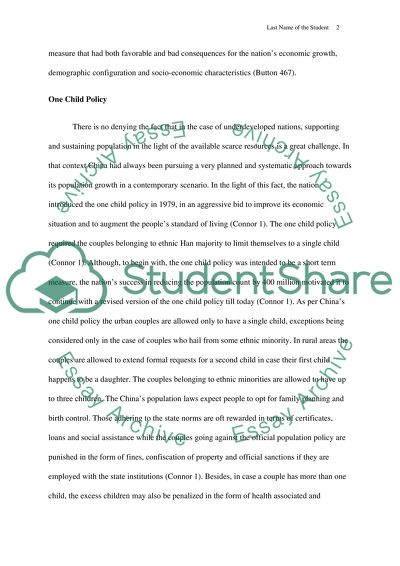Cite this document
(“One-child policy Essay Example | Topics and Well Written Essays - 1500 words - 1”, n.d.)
One-child policy Essay Example | Topics and Well Written Essays - 1500 words - 1. Retrieved from https://studentshare.org/english/1620943-one-child-policy
One-child policy Essay Example | Topics and Well Written Essays - 1500 words - 1. Retrieved from https://studentshare.org/english/1620943-one-child-policy
(One-Child Policy Essay Example | Topics and Well Written Essays - 1500 Words - 1)
One-Child Policy Essay Example | Topics and Well Written Essays - 1500 Words - 1. https://studentshare.org/english/1620943-one-child-policy.
One-Child Policy Essay Example | Topics and Well Written Essays - 1500 Words - 1. https://studentshare.org/english/1620943-one-child-policy.
“One-Child Policy Essay Example | Topics and Well Written Essays - 1500 Words - 1”, n.d. https://studentshare.org/english/1620943-one-child-policy.


